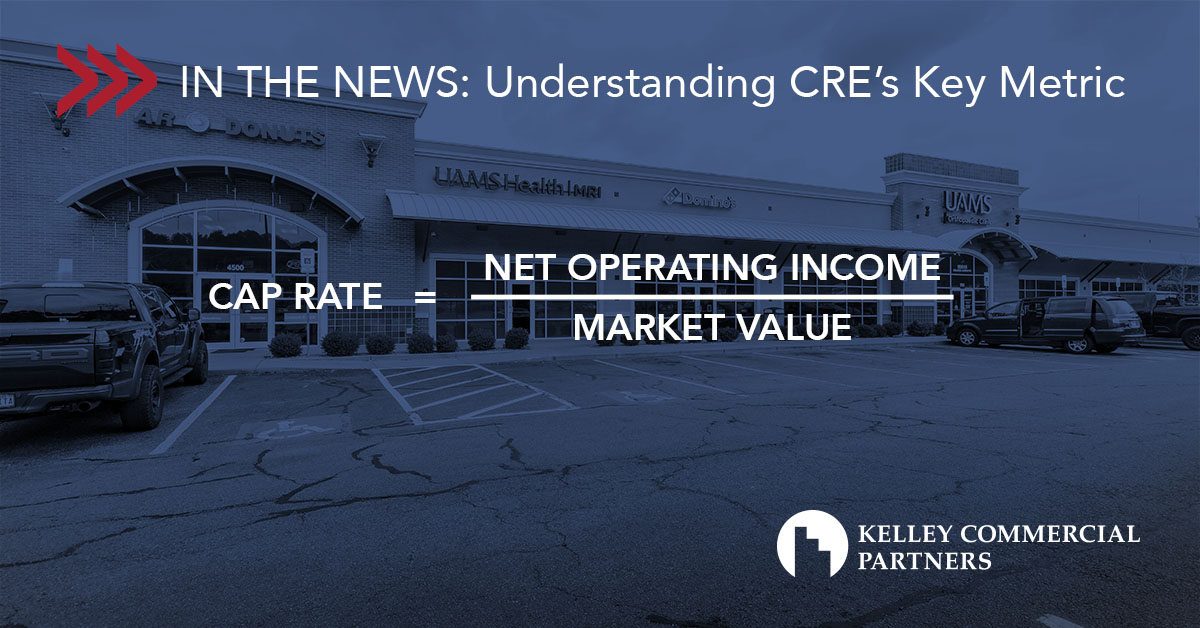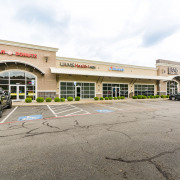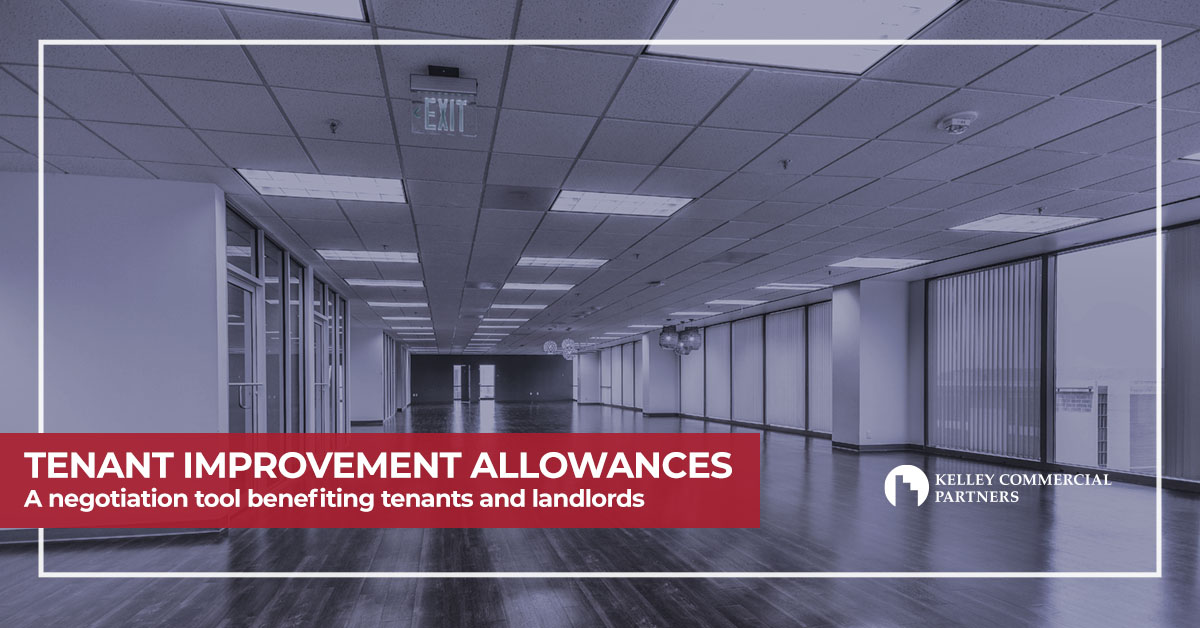
You know the old saying: “Location. Location. Location.” In the commercial real estate game, well-designed business plans, solid funding, and meticulous execution are all necessary pieces of the puzzle, but without the right location, success can be elusive. Finding the right commercial space for your business plays a pivotal role in determining its fate. The perfect location can be the catalyst for exponential growth, while a poor choice can lead to stagnant sales and missed opportunities. When it comes to selecting the right site, making an informed decision is paramount.
The site selection process involves a thorough evaluation of numerous factors to identify the most optimal location for a particular commercial use, be it a retail store, restaurant, office building, or industrial facility. Engaging the services of a trusted commercial real estate firm that is familiar with the local market can prove to be a prudent choice, as it can streamline the process and will likely yield potential cost and time savings. To kickstart the site selection journey, the first crucial step involves defining the project’s unique requirements and clear-cut objectives. This encompasses determining the ideal property size, type, location, budget, and project timeline. Armed with this comprehensive information, a commercial real estate agent can get to work to find options that make the most sense for a client.
Factors to Consider in the Site Selection Process:
- Suitability: A site’s prime suitability almost always revolves around its accessibility to customers, employees, and suppliers. A strategic location near major roads, highways, and public transportation can be crucial. Additionally, the availability of utilities to the site as well as environmental considerations can often play a vital role in evaluating suitability. And of course, understanding the site’s zoning is essential, as it determines the permissible uses in the area. If zoning adjustments are needed to align with the intended use, an experienced commercial real estate agent can help navigate municipal requirements for a smooth process.
- Demographics: A comprehensive evaluation of the surrounding area’s demographic profile is also imperative to ensure it supports the intended use of the property and aligns with the needs of the community and workforce in the area.
- Market Conditions: Thorough analysis of real estate market conditions helps gauge the demand for properties or businesses similar to the one under consideration. This information is vital for predicting the potential return on investment. An in-depth market analysis includes studying current trends, the availability of land or commercial spaces in the desired location, traffic counts, and property values.
- Competition: The presence of similar businesses or developments in the area also should be evaluated to determine the expected level of competition and the potential for market saturation.
Once potential sites have been selected, a tour of each site usually follows to help investors determine the best possible option.
How Kelley Commercial Partners Can Help
Over the years, we’ve helped numerous major brands and businesses navigate the complexities of site selection, so if you’re looking to embark on a successful commercial venture, Kelley Commercial Partners’ team of knowledgeable agents possesses the expertise to guide you through every step of the process. We understand that “location” is the cornerstone of prosperity, and our thorough evaluation process ensures we find the most optimal site tailored to your unique business needs. With a keen eye on suitability, demographics, market conditions, and competition, we meticulously identify prime locations that can serve as catalysts for exponential growth. You can trust KCP to provide unwavering support in achieving all of your business goals.
Kelley Commercial Partners has an award-winning team of real estate professionals with the experience and knowledge to ensure you maximize your potential and reach your financial goals. Let us help you create a clear plan and provide the guidance you need to confidently move forward. Contact us today or click here to explore available properties.







